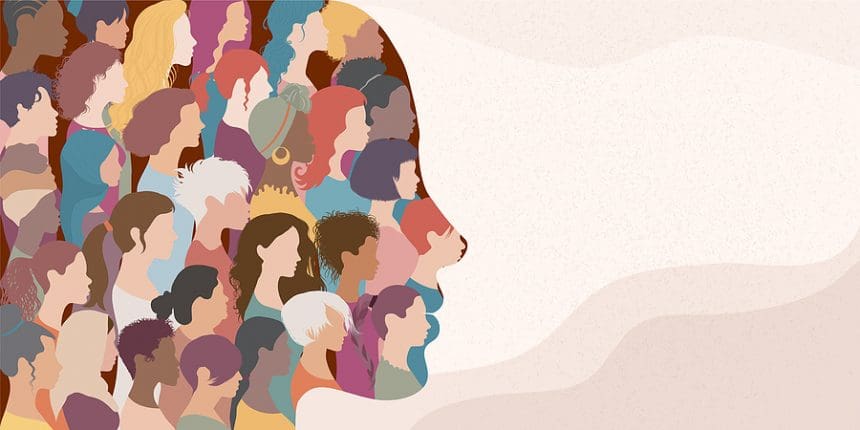
The whole month of March is designated as Women’s History Month, and while it’s important to honor the hard work of women, it’s just as crucial to understand the startling statistics behind women working in media—and the inequalities they face every day.
We did a deep dive into the Women’s Media Center’s annual report, a nonprofit organization founded by Jane Fonda, Robin Morgan, and Gloria Steinem, and unveiled some shocking conclusions. Here are some startling facts about women working in media.
- Women are underrepresented in the media
Across the world, women only make up 24% of news sources. And unfortunately, much hasn’t changed in the past 25 years, with the number of female news sources and subjects only slightly increasing.
According to the Global Media Monitoring Project, “In 120 nations, from 1995 to 2020, the number of female news sources and subjects increased from 16% to 24% in newspapers, 15% to 24% in radio news, 21% to 26% in TV news, and 25% to 27% online.”
2. Women working in media earn less than men on average
In 2021 across 41 Gannett-owned newspapers, women earned up to $27,000 less annually than men, according to the NewsGuild. This is around 63% of the annual median salary for their male peers.
3. Only 4% of traditional news and digital news stories explicitly challenge gender stereotypes
While there are many factors that contribute to harmful societal views of women, stereotypes and the significant underrepresentation of women in the media play a substantial role.
4. Podcasts continue to be a male-dominated space
Although podcasts may still seem like new and unconventional media outlets, the space is heavily dominated by men. Women made up half of podcast listeners overall, but men hosted 79% of the top podcasts, according to the Women’s Media Center.
5. Women journalists fear online abuse
The Seattle University Department of Communication surveyed 115 women journalists in the United States and came to shocking results. 79% of them said online harassment affected press freedom and fear of online abuse made them avoid reporting on certain kinds of stories.
6. Women make up a small percent of political and governmental coverage
Although women make up a large part of political and government happenings day to day, they’re only the subject of coverage 16% of the time, according to the Media Diversity Institute’s Global Media Monitoring Project.
If you’re startled by these facts and are thinking about what you can do to help women’s inequality within the media world, you can start with these steps compiled by the Harvard Business Review. Additionally, here are resources to learn more about women in media and help organizations work towards a more equal media world:






